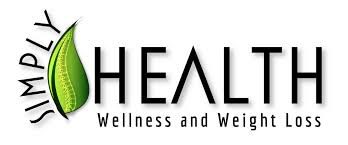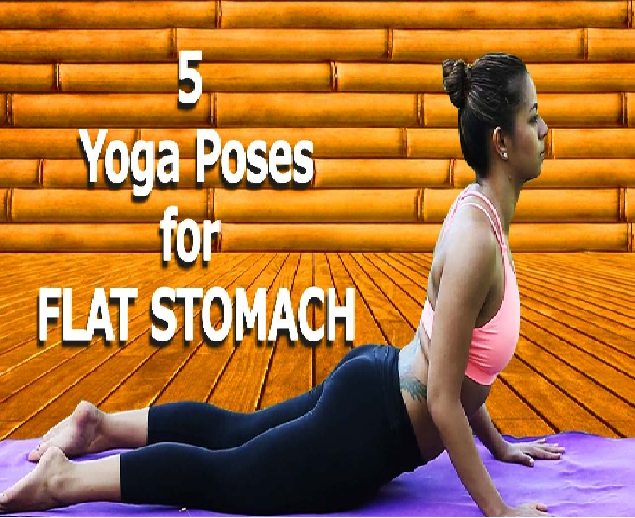Yoga is a discipline that has spread in recent years around the world thanks to its many health benefits. The improvement of the corporal posture, the increase of the muscular tonicity or the increase of the flexibility of the diverse corporal structures are some of the effects that improve the quality of life, turning it into an activity highly recommendable for all the ages.
There are different types of yoga and different levels composed of exercises of greater and lesser difficulty. Some of them recommend or require the use of one of the most characteristic accessories of this discipline: the yoga block.
Choose the right yoga block
Before explaining the most common yoga exercises to perform with block, it is necessary to clarify what they are used for and how they should be chosen. In general, yoga blocks are an accessory that helps to perform exercises in this discipline. They are usually used by those who are starting, who have certain physical limitations to perform some positions or, for those who are already at an advanced level and want to try new positions of greater difficulty.
They are mainly used as a support point for the following areas: head, back, hip and hands. At the time of choosing the material of which the block is composed, the characteristics must be taken into account. The originals are the wooden blocks, much stronger and longer lasting, but heavier and can be slippery when the hands are wet. The most used are the foam blocks, cheaper than the previous ones, in addition to being lighter, although they get dirty more easily and last less time.
The fish or Mats asana with yoga blocks
In this position you need two blocks. Sitting, the first block will be placed behind on the floor, so that it is just at the level of the shoulder blades when the body is pushed back and supported. The second block will go behind the first, to support the head, although you can choose to use only one and place your hands behind the head, as in the image below. So, to make the posture of the fish with blocks once they are placed, you have to follow these steps:
- When both blocks are placed, the body will be thrown back, so that the area of the back that lies between the shoulder blades in the first and the head in the second.
- The arms will stay stretched on the sides of the body
- The knees will remain bent, but relaxed, in case you are a yoga beginner. If we already have more flexibility and experience the legs will stay well stretched, as in the image.
- This position will be maintained for 30 seconds.
- Stretching legs
This position is perfect for stretching two muscular areas that make up the upper part of the legs: the quadriceps and the hamstrings. You start standing, with the yoga block right in front of you. Slowly they are placing their legs apart, until they reach the limit where the position can be kept open.
Continue descending slowly until you rest your head on the yoga block in front of you, so that the top of your head rests on it, while your hands grasp your heels. It is recommended to repeat this exercise 3 times, making both the rise and fall very slowly.
Triangle position
This position is very beneficial to stretch both the legs, arms and back. These are the steps to follow to make the position of the triangle with block:
- Be part of a standing position, with your legs open.
- The yoga block is placed on its side, attached to the side of the left foot, which is the most advanced in this case.
- Continue stretching the arms to the sides and trying to touch the block with the opposite hand, that is, with the right, without bending the arms, turning and stretching the trunk.
- Then the same steps are performed with the opposite leg and arm.
- It is advised to do it 3 times with each leg.
- Stretch of shoulders with yoga block
You start with a kneeling position, resting your buttocks on your heels. The yoga block is placed directly opposite, so that when the body and arms are extended forward, the elbows can rest on top, leaving the head below the arms.
The arms will bend at the height of the elbows, joining the hands behind the head, so that they are at the height of the neck and the beginning of the back. This position will be maintained around 1 minute.




